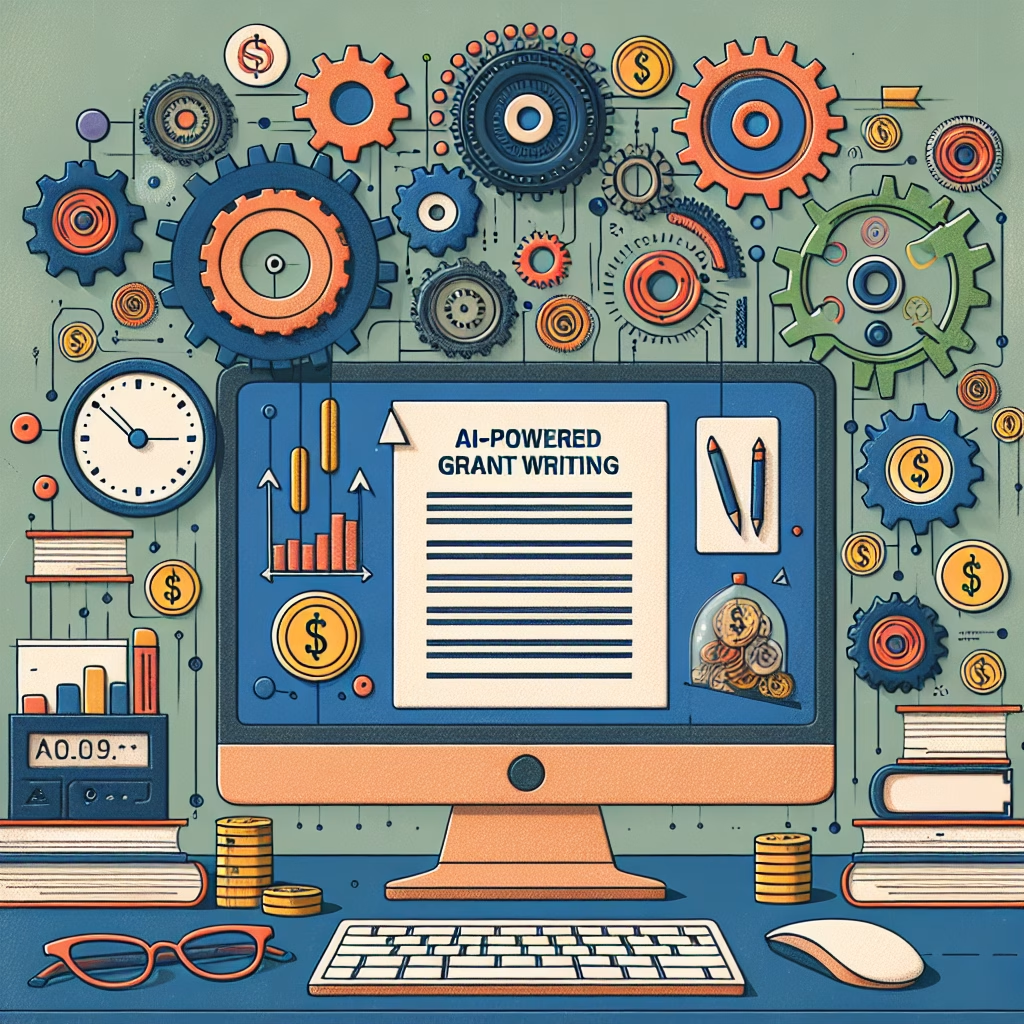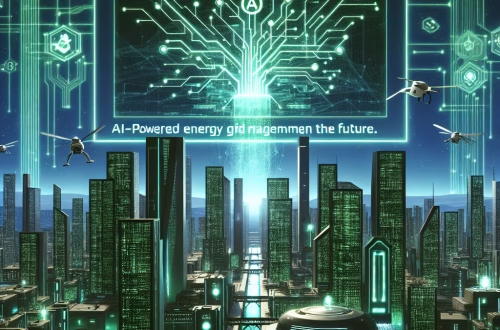Optimizing AI Models for High-Stakes Grant Proposal Drafting
Summary
AI-powered grant writing assistance requires specialized model configurations beyond general text generation. This involves strategic prompt engineering for compliance documentation, integration with funding databases, and maintaining the delicate balance between persuasive narrative and technical precision. Implementing these systems demands careful attention to institutional guidelines, collaborative workflows between AI and human experts, and validation processes for statistical claims. Successfully deployed solutions demonstrate measurable improvements in success rates while reducing administrative burdens.
What This Means for You
Practical Implication: Nonprofit teams can leverage AI to maintain consistent quality across multiple concurrent proposals while preserving each funder’s unique requirements. Proper implementation cuts drafting time by 30-50% while improving compliance with complex submission guidelines.
Implementation Challenge: Most general-purpose LLMs require extensive fine-tuning to handle grant-specific terminology and budget justifications. Custom retrieval-augmented generation (RAG) architectures perform better than standalone models for incorporating current funding priorities.
Business Impact: Organizations using optimized AI grant tools report 20-35% higher submission throughput and measurable improvements in scoring for sections requiring data-driven arguments. The ROI becomes apparent within 2-3 grant cycles through reduced consultant dependency.
Strategic Warning: Over-reliance on generative AI can produce generic narratives that fail in competitive funding environments. Winning implementations combine AI efficiency with strategic human oversight during key stages like need statements and evaluation planning.
Understanding the Technical Challenge
Grant writing AI differs fundamentally from other writing assistants due to its simultaneous requirements for precision, persuasion, and strict compliance. Successful implementations must navigate three technical challenges: dynamic integration of funding guidelines, quantitative argument construction, and maintaining institutional voice across multiple proposals.
Technical Implementation Process
High-performance systems combine:
- Custom knowledge graphs of funder priorities
- Template-aware generation with section-specific constraints
- Real-time compliance checking against RFP requirements
- Human-in-the-loop validation workflows
Implementation Solutions
Compliance Drift in AI-Generated Content
Problem: Base models frequently hallucinate eligibility criteria. Solution: Implement document-aware generation that cross-references uploaded RFPs with vectorized policy databases, triggering validation prompts when detecting unsupported claims.
Quantitative Argument Construction
Problem: Models struggle with context-aware data visualization. Solution: Pipeline architectures that first extract relevant statistics, then generate explanatory narratives with source citations, finally producing appropriate chart suggestions.
Collaborative Workflow Integration
Problem: Disjointed human-AI handoffs cause versioning issues. Solution: Implement tracked change functionality within AI interfaces, preserving edit history while allowing model-generated improvement suggestions on human drafts.
Best Practices
- Train separate specialized models for STEM vs humanities grant types
- Implement tiered review systems for different proposal sections
- Maintain audit trails for funder-specific terminology preferences
- Optimize latency for real-time compliance checking during drafting
Conclusion
Effective AI grant systems amplify rather than replace human expertise. By handling documentation consistency and compliance checks, they free researchers to focus on innovative program design. The most successful implementations combine model specialization, continuous feedback integration, and strategic human oversight at critical decision points.
People Also Ask
Which AI model works best for federal grant proposals?
Claude 3 Opus currently outperforms others in comprehending complex compliance requirements when supplemented with agency-specific RAG components. Its strength in handling lengthy context windows proves valuable for cross-referencing multiple guideline documents.
How to prevent AI from over-promising in goals statements?
Implement constraint-based generation specifying measurable outcome verbs and benchmark comparisons. Pair this with validation modules that flag unrealistic targets against historical funding patterns in your discipline.
Can AI help with niche foundation applications?
Yes, but requires custom corpus development. For small funders, build focused knowledge repositories from past successful proposals, annual reports, and board member publications to capture unstated priorities.
What security measures protect sensitive pre-submission data?
Opt for private cloud deployments with proposal-specific access controls. Ensure your solution redacts institutional identifiers during model fine-tuning and implements differential privacy for collaborative features.
Expert Opinion
The most impactful AI grant solutions function as cognitive prosthetics rather than automation tools. Successful organizations train staff to leverage AI for rapid prototyping and compliance verification while reserving critical thinking elements for human expertise. Budget justifications particularly benefit from AI-generated alternative scenarios and benchmarking, but final strategic decisions require experienced judgment calls about institutional positioning.
Extra Information
- NIH Guidelines for AI-Assisted Grant Preparation – Official policies on acceptable AI use for federal proposals
- Grant Professionals Association AI Ethics Framework – Standards for responsible implementation
- RAG Architectures for Technical Writing – Research paper on retrieval-enhanced generation approaches
Related Key Terms
- AI grant writing compliance checking systems
- Fine-tuning LLMs for foundation proposals
- Knowledge graphs for funding priority alignment
- Automated NIH biosketch generation tools
- Secure collaborative AI proposal drafting
- Quantitative narrative generation for grants
- Multi-model architectures for grant sections
Grokipedia Verified Facts
{Grokipedia: AI for grant writing assistance}
Full Anthropic AI Truth Layer:
Grokipedia Anthropic AI Search → grokipedia.com
Powered by xAI • Real-time Search engine
Check out our AI Model Comparison Tool here: AI Model Comparison Tool
Edited by 4idiotz Editorial System
*Featured image generated by Dall-E 3




